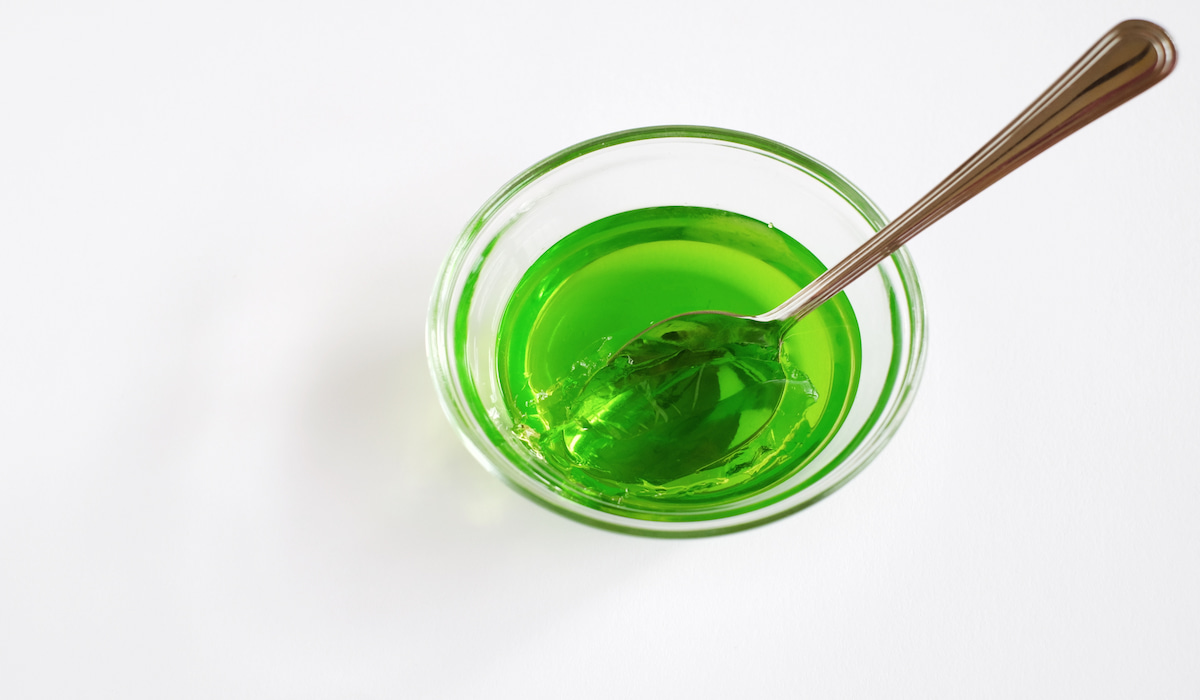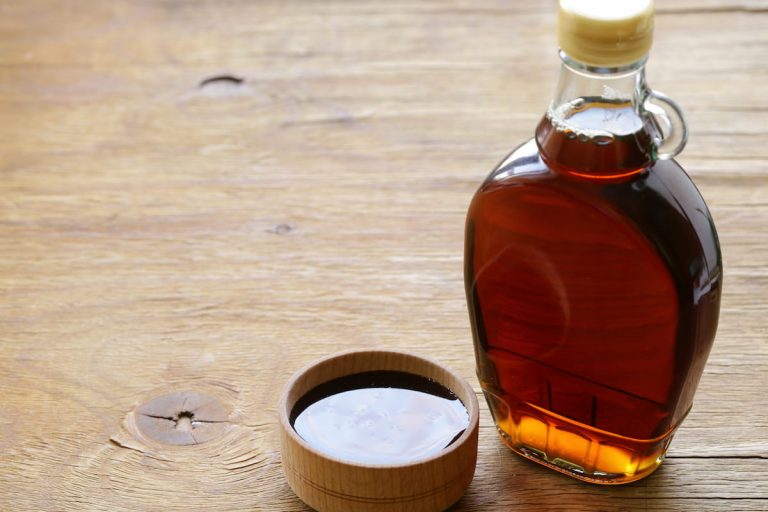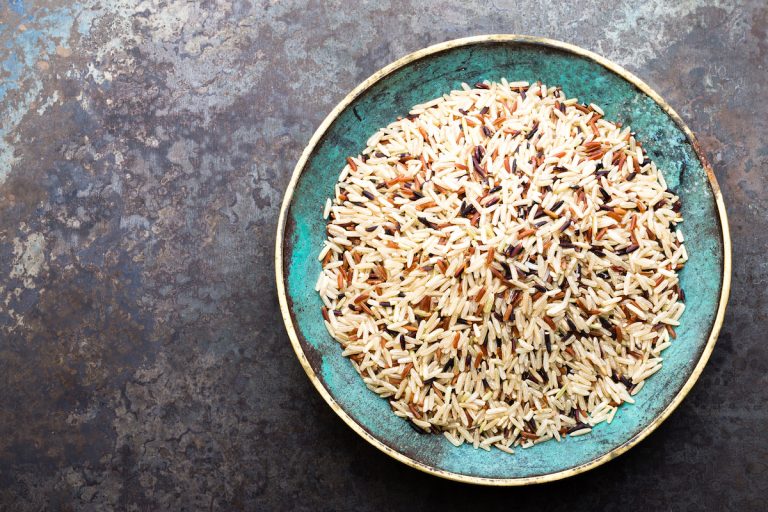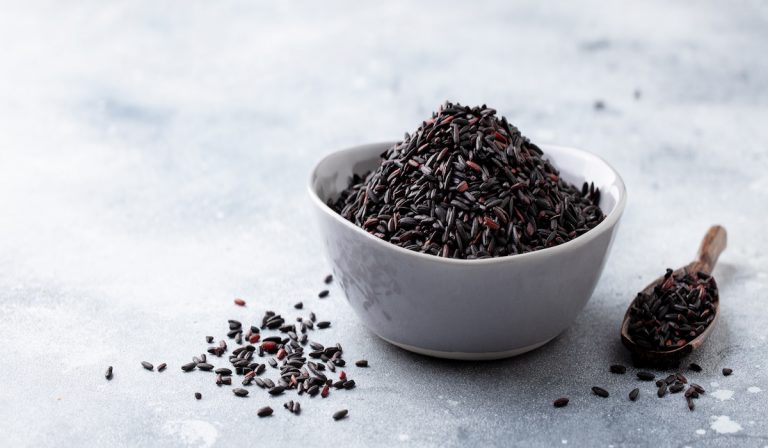Is Jell-O Paleo? (Interesting Things to Know!)
You do have to restrict the type of food you eat when you go paleo. But then, as humans, we sometimes get bored of eating the same set of food items repeatedly.
So, you could come across a pack of Jell-O while shopping and start wondering, “Is Jell-O paleo?”
Is Jell-O paleo? Jell-O is not paleo. While the primary ingredient in Jell-O – gelatin – is a naturally occurring substance, Jell-O contains various other non-paleo substances. For one, Jell-O contains a lot of sugar, and sugary substances are not paleo.
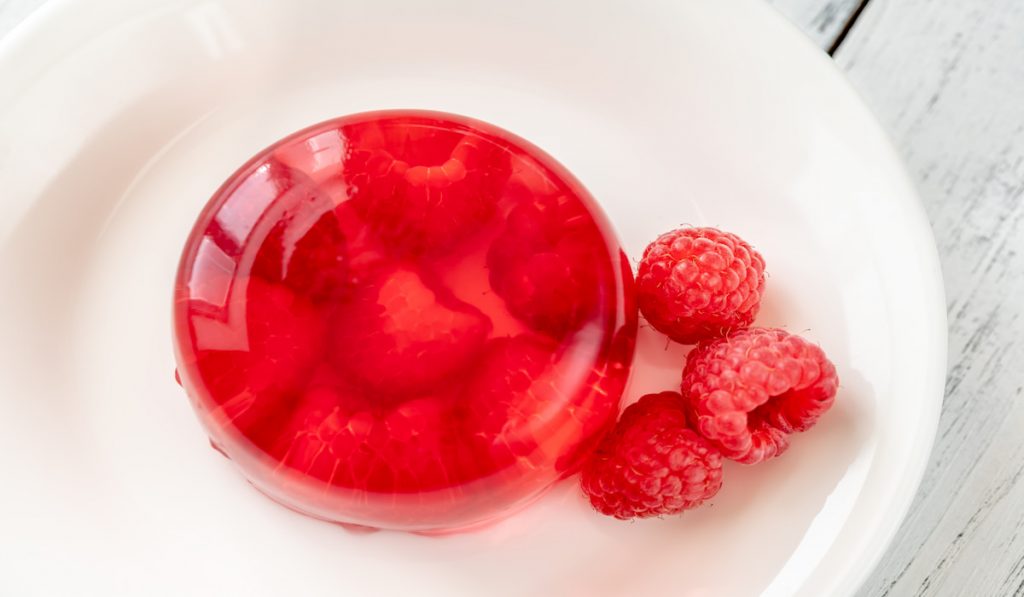
Below, we discuss whether Jell-O is paleo or not in greater detail. We also go over various interesting things you should know about Jell-O.
Is Jell-O Paleo?
Jell-O is not paleo for various reasons. One of those reasons is its sugar content.
According to Healthline, 21 grams of dry Jell-O mix contains 18 grams of sugar. In other words, sugar makes up around 86% of the total content of Jell-O. For sure, a food item with as much sugar as that is not paleo.
In some cases, Jell-O brands are sugar-free. However, they still use artificial sweeteners such as aspartame. Obviously, anything artificial does not qualify as paleo.
Besides sweeteners and sugar, Jell-O comes with food coloring, which may be artificial or natural. Of course, a natural food coloring like carrot juice or beet juice would be no problem. But artificial food colorings are definitely not paleo-friendly.
Lastly, humans did not eat Jell-O in the paleolithic era. So, for sure, Jell-O is not paleo.

Potential Health Benefits of Jell-O
For obvious reasons, Jell-O is not one of those food items people often refer to when they mention healthy foods. But, surprisingly, Jell-O may possibly offer some health benefits, all thanks to gelatin.
Most of the possible health benefits of gelatin relate to collagen. While gelatin is a degraded form of collagen, both share some similar health benefits in the body. These include the following.
Gelatin Could Improve Bone Density
A study showed that collagen significantly increased bone density in postmenopausal women compared to the placebo. One could expect some effect from consuming gelatin.
Gelatin Could Slow Skin Aging
Another study showed that a daily 1,000-milligram dose of collagen for 12 weeks improved the skin of women aged 40-60. The collagen supplement enhanced skin hydration while improving elasticity and reducing wrinkling.
You could also expect milder effects from gelatin.
Gelatin Could Help With Joint Pain
Compared to a placebo, a 10-gram daily supplementation of collagen helped reduce joint pain in college athletes. So, gelatin might do the same.
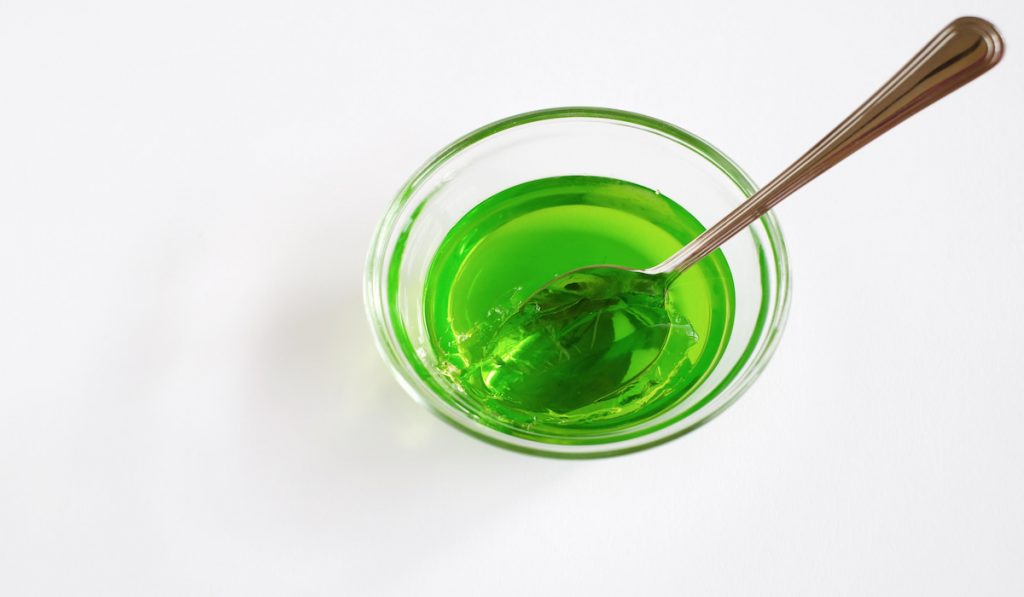
But You’d Have to Eat a Lot of Jell-O
While the health benefits of Jell-O listed above are possible, they are unlikely. The amount of gelatin in Jell-O is minimal compared to the dose of collagen used in the referenced studies.
If you were to replicate the collagen dosage, you’d have to consume a lot of Jell-O. But by doing that, you may be jeopardizing your health.
Remember, Jell-O has other ingredients like sugar, artificial sweetener, and artificial coloring agents. If you consume the said ingredients too much, they may suppress any health benefits from gelatin.
Potential Downsides of Jell-O
Unlike the potential health benefits of Jell-O, its potential downsides are more likely to manifest. Below are some of the disadvantages of eating Jell-O.
Downsides of the High Sugar Content in Jell-O
The high sugar content of Jell-O leaves you at risk of unwanted weight gain.
Beyond that, consuming so much sugar exposes you to a higher risk of heart diseases. An elevated blood sugar level triggers inflammation in the blood vessels. With inflamed blood vessels, you are at increased risk of various diseases.
Consuming too much sugar might also leave you at risk of getting acne, cancer, and type 2 diabetes. Apart from that, it may make you age faster.
Downsides of Artificial Coloring in Jell-O
Artificial coloring agents are pretty commonplace in Jell-O. Unfortunately, many of them may have harmful effects on your health.
For one, various studies link some behavioral changes to the consumption of artificial coloring. Apart from that, artificial coloring may cause hyperactivity in children.
More seriously, some artificial coloring agents are potential carcinogens. While they allow them in low doses, it is safer to stay away from them.
Downsides of Artificial Sweeteners in Jell-O
Sugar-free Jell-O is not better than regular Jell-O if artificial sweeteners replace sugar.
Aspartame and sucralose are two common artificial sweeteners used in making Jell-O. While they may give a sweet sensation to your tongue, they may leave you at risk of certain diseases.
Some animal studies link aspartame to lymphoma and kidney cancer. Apart from that, aspartame may damage cells and cause inflammation. And sucralose may adversely affect your gut microbiome.
People expect artificial sweeteners to remove the risk of weight gain caused by sugar. However, they may actually cause weight gain if you take them regularly.
Final Take
Jell-O is not paleo. It contains artificial ingredients and way too much sugar. Apart from that, it is definitely not something humans ate in the Paleolithic era. Besides not being paleo, Jell-O is generally not a healthy food item.
Resources
- https://paleosafe.org/jello/
- https://paleoflourish.com/paleo-jello-strawberryblueberry-flavor/
- https://www.healthline.com/nutrition/what-is-jello-made-of
- https://www.medicalnewstoday.com/articles/319124
- https://www.healthline.com/nutrition/collagen-vs-gelatin
- https://www.healthline.com/nutrition/too-much-sugar

